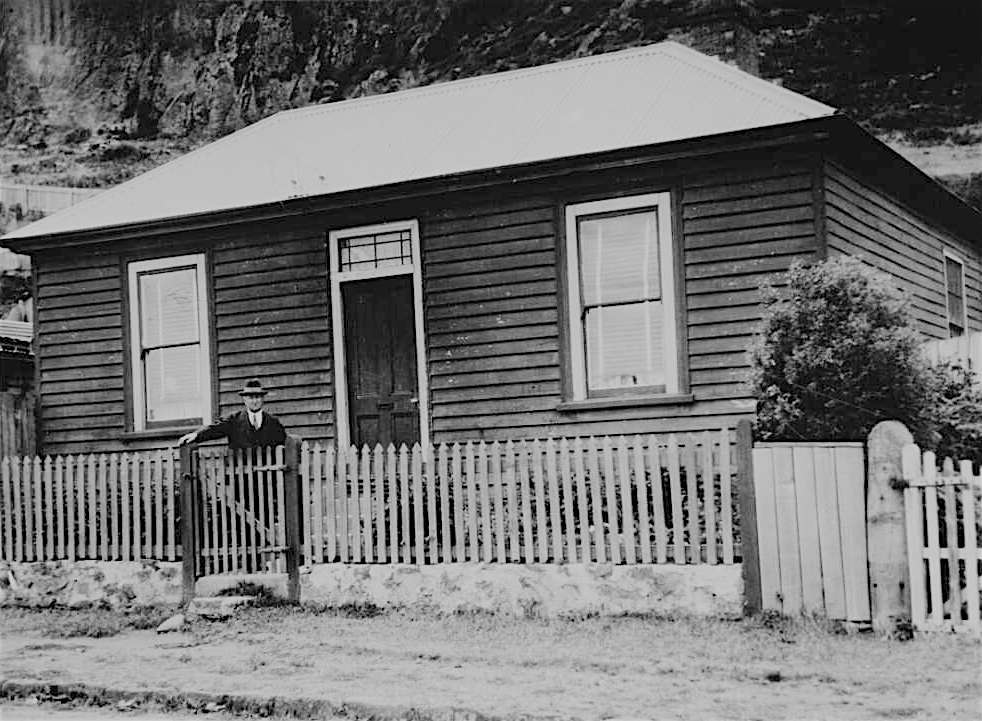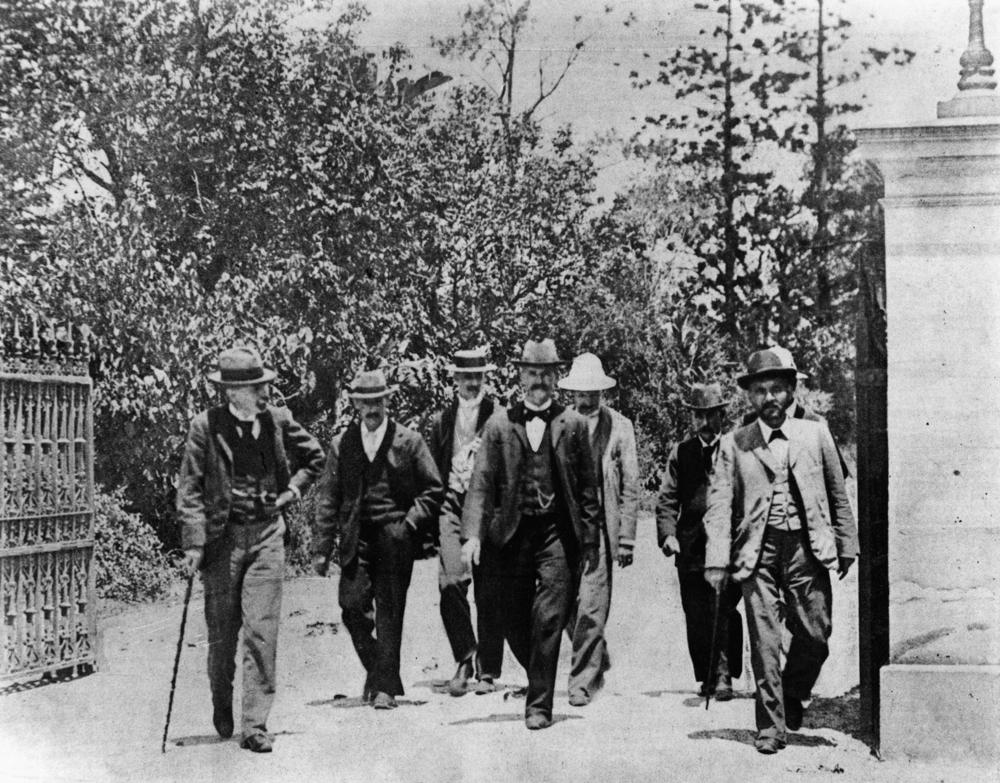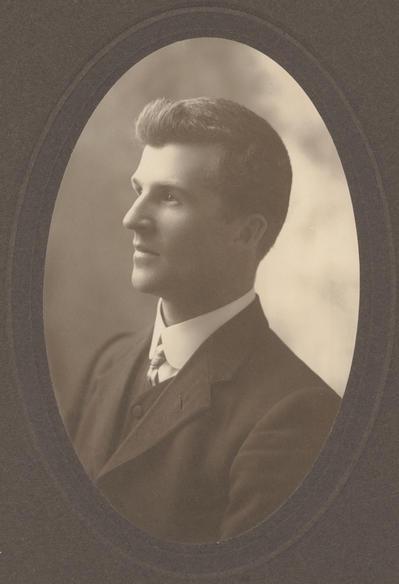|
Minister For Industry, Science And Technology
The Minister for Industry and Science is an Australian Government cabinet position which is currently held by Ed Husic in the Albanese ministry since 1 June 2022, following the Australian federal election in 2022. In the Government of Australia, the minister administers this portfolio through the Department of Industry, Science and Resources. Scope other bodies in the portfolio included: * Australian Institute of Marine Science * Australian Nuclear Science and Technology Organisation * Australian Qualifications Framework * Australian Research Council * Australian Skills Quality Authority * Australian Workforce and Productivity Agency * CSIRO * Geoscience Australia * IP Australia * National Advisory for Tertiary Education, Skills and Employment * Office of the Chief Scientist * Tertiary Education Quality and Standards Agency The Australian Space Agency opened in Adelaide in February 2020. List of industry ministers The following individuals have been appointed as Minist ... [...More Info...] [...Related Items...] OR: [Wikipedia] [Google] [Baidu] |
Ed Husic
Edham Nurredin Husic (born 3 February 1970), commonly known as Ed Husic, is an Australian politician serving as Minister for Industry and Science since 2022. Husic is a member of the Australian House of Representatives, elected to represent the seat of Chifley in western Sydney for the Australian Labor Party at the 2010 federal election. He is the first Muslim to be elected to federal parliament, as well as the first Muslim to be made a Minister in the Australian Government. Early life and education Husic was born in Sydney, the son of Bosnian Muslim (known as Bosniaks) immigrants who came to Australia in the late 1960s. His father, Hasib Husić, a welder, worked on iconic projects undertaken by the Chifley government such as the Snowy Mountains Scheme. His mother, Hasiba, was a housewife. Husic says that while growing up, his household practised Islam but also celebrated Christmas and Easter. As a child Husic did not attend the mosque, but later in life took a deeper inte ... [...More Info...] [...Related Items...] OR: [Wikipedia] [Google] [Baidu] |
Office Of The Chief Scientist (Australia)
The Office of the Chief Scientist (OCS) is part of the Department of Industry, Science and Resources. Its primary responsibilities are to enable growth and productivity for globally competitive industries. To help realise this vision, the Department has four key objectives: supporting science and commercialisation, growing business investment and improving business capability, streamlining regulation and building a high performance organisation. Chief Scientist The Chief Scientist is responsible for advising the Government of Australia on scientific and technological issues. The Chief Scientist chairs the Research Quality Framework ''Development Advisory Group'', the ''National Research Priorities Standing Committee'' and is a member of other key Government committees: * Coordination Committee on Science and Technology * Prime Minister's Science Prizes Committee * Cooperative Research Centres Committee * Publicly Funded Research Agencies Committee * Commonwealth, State and Ter ... [...More Info...] [...Related Items...] OR: [Wikipedia] [Google] [Baidu] |
Billy Hughes
William Morris Hughes (25 September 1862 – 28 October 1952) was an Australian politician who served as the seventh prime minister of Australia, in office from 1915 to 1923. He is best known for leading the country during World War I, but his influence on national politics spanned several decades. Hughes was a member of federal parliament from Federation in 1901 until his death, the only person to have served for more than 50 years. He represented six political parties during his career, leading five, outlasting four, and being expelled from three. Hughes was born in London to Welsh parents. He emigrated to Australia at the age of 22, and became involved in the fledgling Australian labour movement. He was elected to the New South Wales Legislative Assembly in 1894, as a member of the New South Wales Labor Party, and then transferred to the new federal parliament in 1901. Hughes combined his early political career with part-time legal studies, and was called to the bar i ... [...More Info...] [...Related Items...] OR: [Wikipedia] [Google] [Baidu] |
Robert Menzies
The name Robert is an ancient Germanic given name, from Proto-Germanic "fame" and "bright" (''Hrōþiberhtaz''). Compare Old Dutch ''Robrecht'' and Old High German ''Hrodebert'' (a compound of ''Hrōþ, Hruod'' ( non, Hróðr) "fame, glory, honour, praise, renown" and ''berht'' "bright, light, shining"). It is the second most frequently used given name of ancient Germanic origin. It is also in use Robert (surname), as a surname. Another commonly used form of the name is Rupert (name), Rupert. After becoming widely used in Continental Europe it entered England in its Old French form ''Robert'', where an Old English cognate form (''Hrēodbēorht'', ''Hrodberht'', ''Hrēodbēorð'', ''Hrœdbœrð'', ''Hrœdberð'', ''Hrōðberχtŕ'') had existed before the Norman Conquest. The feminine version is Roberta (given name), Roberta. The Italian, Portuguese, and Spanish form is Roberto (given name), Roberto. Robert is also a common name in many Germanic languages, including English ... [...More Info...] [...Related Items...] OR: [Wikipedia] [Google] [Baidu] |
Joseph Lyons
Joseph Aloysius Lyons (15 September 1879 – 7 April 1939) was an Australian politician who served as the List of prime ministers of Australia by time in office, 10th Prime Minister of Australia, in office from 1932 until his death in 1939. He began his career in the Australian Labor Party (ALP), but became the founding leader of the United Australia Party (UAP) after the Australian Labor Party split of 1931. He had earlier served as Premier of Tasmania from 1923 to 1928. Lyons was born in Stanley, Tasmania, Stanley, Tasmania, and before entering politics worked as a schoolteacher. He was active in the Labor Party from a young age and won election to the Tasmanian House of Assembly in 1909. He served as Treasurer of Tasmania (1912–1914) under John Earle (Australian politician), John Earle, before replacing Earle as party leader in 1916. After two elections that ended in hung parliaments, Lyons was appointed premier in 1923 at the head of a minority government. He pursued mode ... [...More Info...] [...Related Items...] OR: [Wikipedia] [Google] [Baidu] |
United Australia Party
The United Australia Party (UAP) was an Australian political party that was founded in 1931 and dissolved in 1945. The party won four federal elections in that time, usually governing in coalition with the Country Party. It provided two prime ministers: Joseph Lyons ( 1932–1939) and Robert Menzies ( 1939–1941). The UAP was created in the aftermath of the 1931 split in the Australian Labor Party. Six fiscally conservative Labor MPs left the party to protest the Scullin Government's financial policies during the Great Depression. Led by Joseph Lyons, a former Premier of Tasmania, the defectors initially sat as independents, but then agreed to merge with the Nationalist Party and form a united opposition. Lyons was chosen as the new party's leader due to his popularity among the general public, with former Nationalist leader John Latham becoming his deputy. He led the UAP to a landslide victory at the 1931 federal election, where the party secured an outright majority in ... [...More Info...] [...Related Items...] OR: [Wikipedia] [Google] [Baidu] |
Australian Labor Party
The Australian Labor Party (ALP), also simply known as Labor, is the major centre-left political party in Australia, one of two major parties in Australian politics, along with the centre-right Liberal Party of Australia. The party forms the federal government since being elected in the 2022 election. The ALP is a federal party, with political branches in each state and territory. They are currently in government in Victoria, Queensland, Western Australia, South Australia, the Australian Capital Territory, and the Northern Territory. They are currently in opposition in New South Wales and Tasmania. It is the oldest political party in Australia, being established on 8 May 1901 at Parliament House, Melbourne, the meeting place of the first federal Parliament. The ALP was not founded as a federal party until after the first sitting of the Australian parliament in 1901. It is regarded as descended from labour parties founded in the various Australian colonies by the emerging la ... [...More Info...] [...Related Items...] OR: [Wikipedia] [Google] [Baidu] |
James Scullin
James Henry Scullin (18 September 1876 – 28 January 1953) was an Australian Labor Party politician and the ninth Prime Minister of Australia. Scullin led Labor to government at the 1929 Australian federal election. He was the first Catholic, as well as Irish-Australian, to serve as Prime Minister of Australia. The Wall Street Crash of 1929 transpired just two days after his swearing in, which would herald the beginning of the Great Depression in Australia. Scullin's administration would soon be overwhelmed by the economic crisis, with interpersonal and policy disagreements causing a three-way split of his party that would bring down the government in late 1931. Despite his chaotic term of office, Scullin remained a leading figure in the Labor movement throughout his lifetime, and served as an ''éminence grise'' in various capacities for the party until his retirement in 1949. The son of working-class Irish-immigrants, Scullin spent much of his early life as a laborer an ... [...More Info...] [...Related Items...] OR: [Wikipedia] [Google] [Baidu] |
Stanley Bruce
Stanley Melbourne Bruce, 1st Viscount Bruce of Melbourne, (15 April 1883 – 25 August 1967) was an Australian politician who served as the eighth prime minister of Australia from 1923 to 1929, as leader of the Nationalist Party. Born into a briefly wealthy Melbourne family, Bruce studied at the University of Cambridge and spent his early life tending to the importing and exporting business of his late father. He served on the front lines of the Gallipoli Campaign in World War I and returned to Australia wounded in 1917, becoming a spokesperson for government recruitment efforts. He gained the attention of the Nationalist Party and prime minister Billy Hughes, who encouraged a political career. He was elected to the House of Representatives in 1918, becoming a member of parliament (MP) for the seat of Flinders. He was appointed as treasurer in 1921, before replacing Hughes as prime minister in 1923, at the head of a coalition with the Country Party. In office, Bruce ... [...More Info...] [...Related Items...] OR: [Wikipedia] [Google] [Baidu] |
Nationalist Party (Australia)
The Nationalist Party, also known as the National Party, was an Australian political party. It was formed on 17 February 1917 from a merger between the Commonwealth Liberal Party and the National Labor Party, the latter formed by Prime Minister Billy Hughes and his supporters after the 1916 Labor Party split over World War I conscription. The Nationalist Party was in government (from 1923 in coalition with the Country Party) until electoral defeat in 1929. From that time it was the main opposition to the Labor Party until it merged with pro-Joseph Lyons Labor defectors to form the United Australia Party (UAP) in 1931. The party is a direct ancestor of the Liberal Party of Australia, the main centre-right party in Australia. History In October 1915 the Australian Prime Minister, Andrew Fisher of the Australian Labor Party, retired; Billy Hughes was chosen unanimously by the Labor caucus to succeed him. Hughes was a strong supporter of Australia's participation in World War ... [...More Info...] [...Related Items...] OR: [Wikipedia] [Google] [Baidu] |
National Archives Of Australia
The National Archives of Australia (NAA), formerly known as the Commonwealth Archives Office and Australian Archives, is an Australian Government agency that serves as the national archives of the nation. It collects, preserves and encourages access to important Commonwealth government records. Established under and governed by the ''Archives Act 1983'', its main roles are "to collect and preserve Australia's most valuable government records and encourage their use by the public, and to promote good information management by Commonwealth government agencies, especially in meeting the challenges of the digital age". The NAA also develops exhibitions, publishes books and guides to the collection, and delivers educational programs. History After World War I the Commonwealth National Library (later National Library of Australia) was responsible for collecting Australian Government records. The library appointed its first archives officer in 1944. In March 1961 the Commonwealth A ... [...More Info...] [...Related Items...] OR: [Wikipedia] [Google] [Baidu] |
Government Of Australia
The Australian Government, also known as the Commonwealth Government, is the national government of Australia, a federalism, federal parliamentary system, parliamentary constitutional monarchy. Like other Westminster system, Westminster-style systems of government, the Australian Government is made up of three branches: the executive (the Prime Minister of Australia, prime minister, the Ministers of the Crown, ministers, and government departments), the legislative (the Parliament of Australia), and the Judiciary of Australia, judicial. The legislative branch, the federal Parliament, is made up of two chambers: the House of Representatives (Australia), House of Representatives (lower house) and Australian Senate, Senate (upper house). The House of Representatives has 151 Member of parliament, members, each representing an individual electoral district of about 165,000 people. The Senate has 76 members: twelve from each of the six states and two each from Australia's internal ... [...More Info...] [...Related Items...] OR: [Wikipedia] [Google] [Baidu] |








